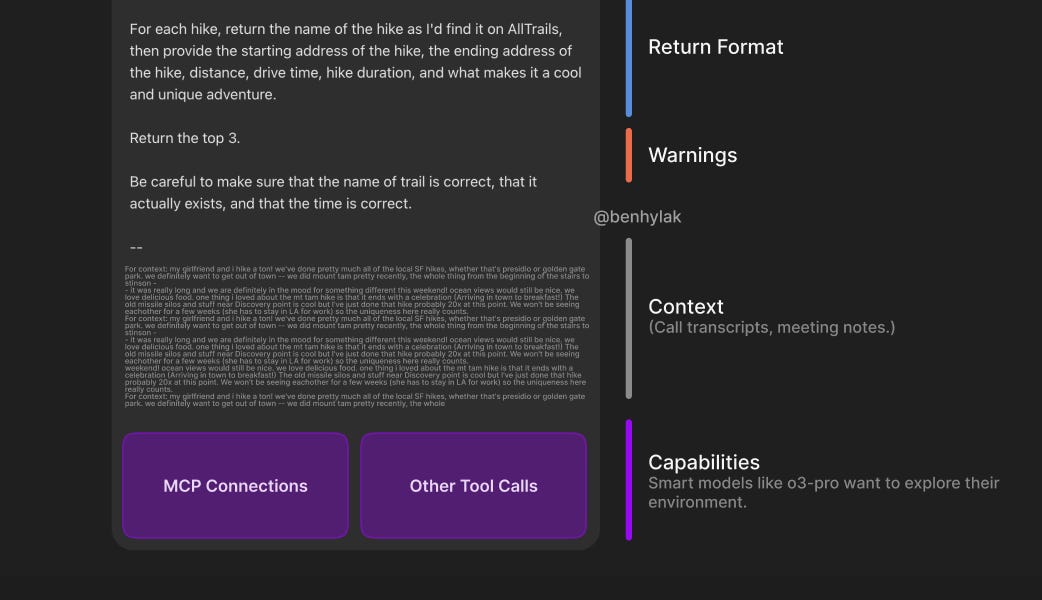
OpenAI's o3-pro Model: Enhanced Reasoning with Contextual Needs
OpenAI has unveiled its latest innovation, the o3-pro model, which boasts improved reasoning and integration capabilities aimed at enhancing user experience and efficiency. This new model represents a significant step forward in artificial intelligence technology, promising to deliver more accurate and context-aware responses.
The Importance of Context
While the o3-pro model comes equipped with advanced features, it is imperative to understand that its effectiveness is heavily reliant on the context provided by the user. Experts suggest that users should invest additional time in preparing and presenting detailed contextual information before engaging with the model. This preparatory step is crucial for maximizing the model's potential and ensuring that it delivers optimal results.
Key Features of the o3-pro Model
- Enhanced Reasoning: The model demonstrates superior reasoning capabilities compared to its predecessors.
- Integration Capabilities: It integrates more seamlessly with various applications, making it a versatile tool for developers.
According to TLDR AI, the o3-pro is designed to not only respond to queries but also to understand the nuances of the context in which those queries are made. This advancement could transform how users interact with AI, making it more intuitive and user-friendly.
Conclusion
As with any new technology, the o3-pro model requires thoughtful implementation to realize its full potential. Users are encouraged to embrace the need for thorough context in their interactions with the model. By doing so, they can unlock a more effective and enriching experience with OpenAI's latest offering.
Rocket Commentary
This development represents a significant step forward in the AI space. The implications for developers and businesses could be transformative, particularly in how we approach innovation and practical applications. While the technology shows great promise, it will be important to monitor real-world adoption and effectiveness.
Read the Original Article
This summary was created from the original article. Click below to read the full story from the source.
Read Original Article